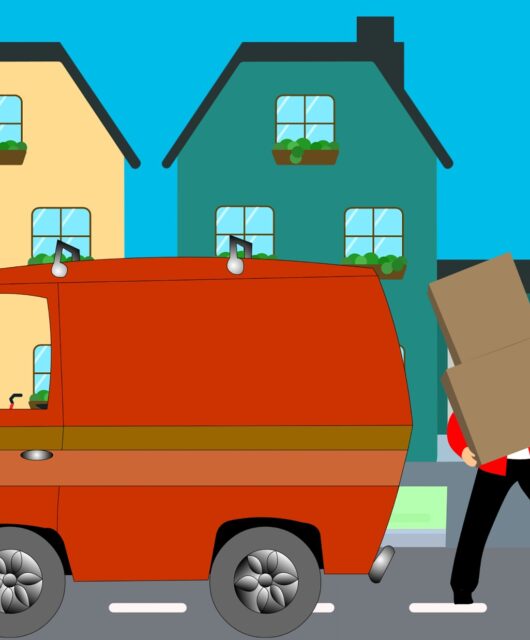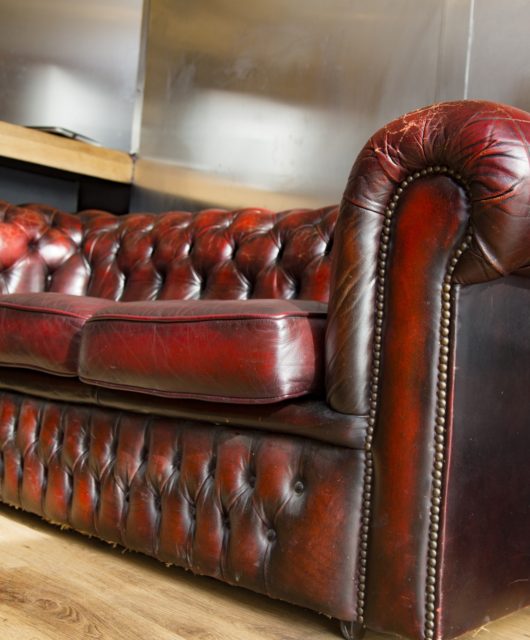7 Things to Consider Before Installing Hardwood Floors

Hardwood floors are incredibly popular, representing a consistent top choice for homeowners. They increase the value of a home, provide functionality, and can even make a room look more attractive.
But the decision to install hardwood floors is not one to take lightly. Before you finalize your decision, or move forward with the plan to install, there are some factors you’ll need to carefully consider.
What to Consider
Keep these variables in mind before you decide to go with hardwood flooring:
- Budget. First, consider how much you’re willing to pay. There are many different types of hardwood, and prices change depending on your area, so it’s hard to estimate. Typically, you can expect to pay between $3 and $14 per square foot. You should be prepared with a ballpark of how much you’re willing to spend before you go any further.
- Area. Next, look at the size of the room(s) you’re planning to upgrade, and figure out the dimensions. You’ll need these numbers if you want to come up with an accurate price estimate, and you’ll need them later if and when you order supplies to do the installation.
- Upkeep and maintenance. Each type of flooring requires a different cleaning strategy. For example, waxed hardwoods should never be wet, so you’ll need to vacuum, sweep, or dry mop to keep them clean. If your floors are protected by polyurethane or acrylic, you’ll need to avoid acidic detergents or ingredients, such as vinegar. Fortunately, most hardwood floor types are relatively easy to clean, so you shouldn’t have too much trouble here.
- Functionality. What is this room going to be used for? If it’s going to be a kid’s play room, it’s probably going to suffer a lot of wear and tear, so something like carpeting or an inexpensive hardwood alternative might be better. If it’s going to be a bathroom or kitchen, something that can tolerate moisture will be better, such as tile or vinyl flooring.
- Foot traffic. Also, consider how much foot traffic this area is going to get. Different types of hardwood flooring have different levels of durability; if you expect people to be walking through this area frequently, or if you have kids or pets that will use this room most of the time, you’ll want to invest in a higher-end hardwood floor that will prove more effective against scratches, scuffs, and other damage.
- Aesthetics. You’ll also want to look at different aesthetic options; some hardwoods may give a certain feel that you like more than others, and you’ll have a wide variety of finishing options to choose from. Think about what kind of texture you’d like to have for the final room, and what color you’d like to serve as the foundation for the rest of your interior design.
- Installation. Finally, consider how you want to install the floors. If you work with a professional contractor, the total cost of your project is going to rise, but you’ll probably end up with a nicer-looking, more polished finished product. However, installing hardwood floors isn’t as difficult as you might think, especially if you go with an engineered alternative; as long as you can measure accurately and are willing to put in several hours of work, you can make it happen (and save some significant money in the process).
Other Options
So if you don’t go with hardwood flooring, what other options are available to you? Engineered hardwood floor is a more durable, flexible alternative that looks like hardwood (though you can usually spot the difference). Similarly, vinyl offers a look that can mimic hardwood for a fraction of the cost. Of course, if you need something for a different function, you could always go with carpeting, or cork if you want a better insulator.
The point is, there are hundreds of flooring options available, and you should be familiar with them before you make a final decision. This is a semi-permanent change that could cost you thousands of dollars, so it pays to make the right investment the first time around.









